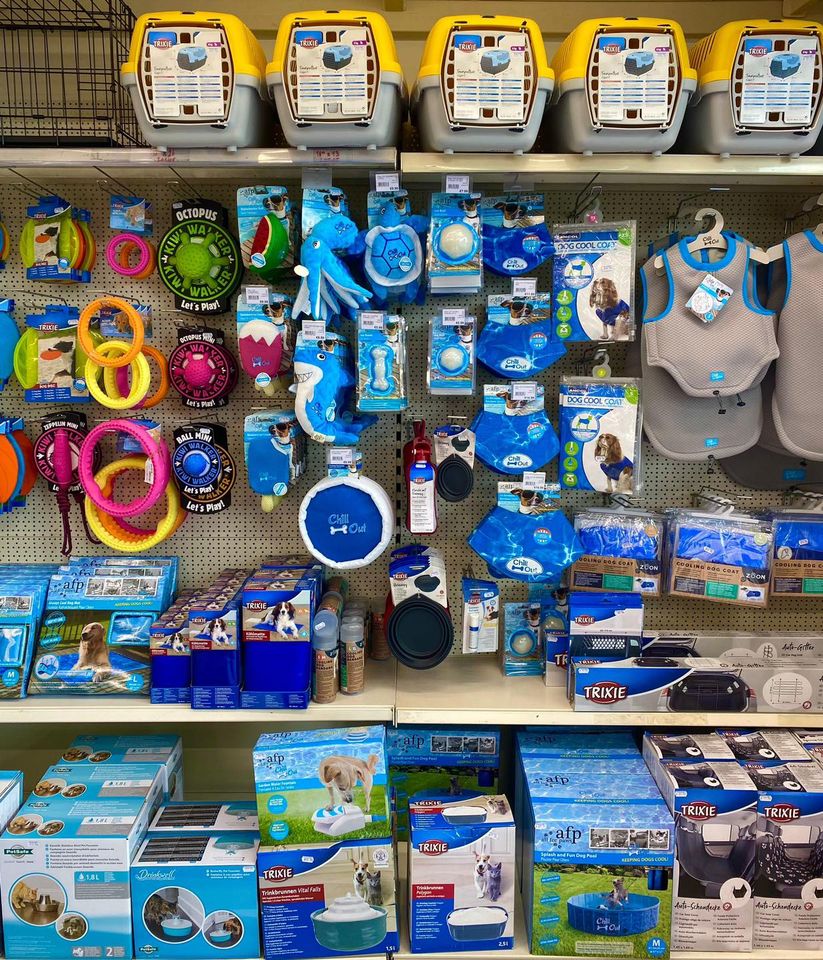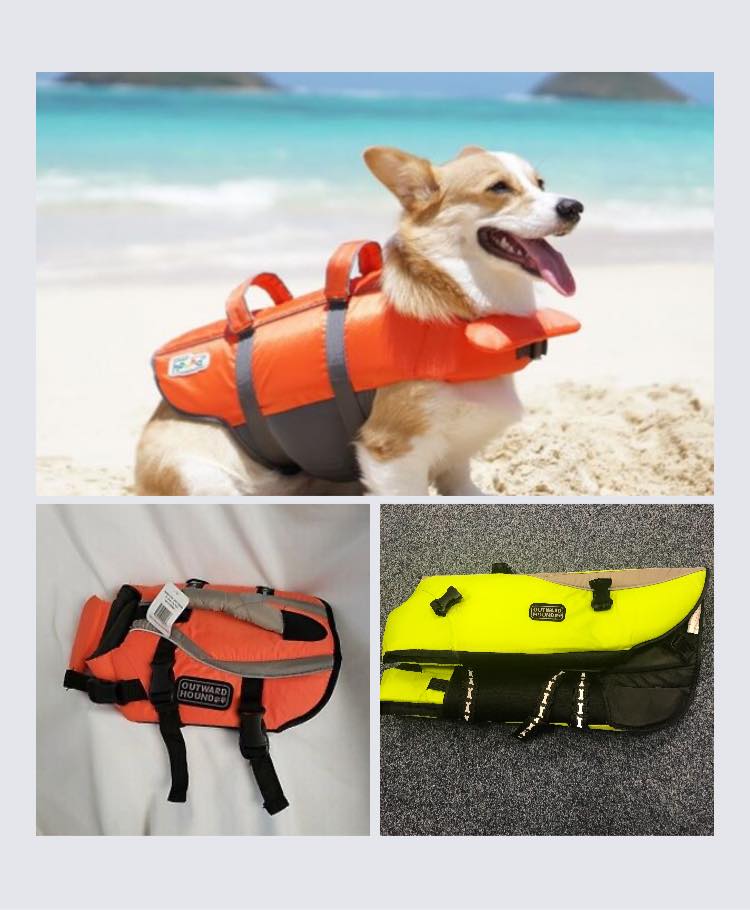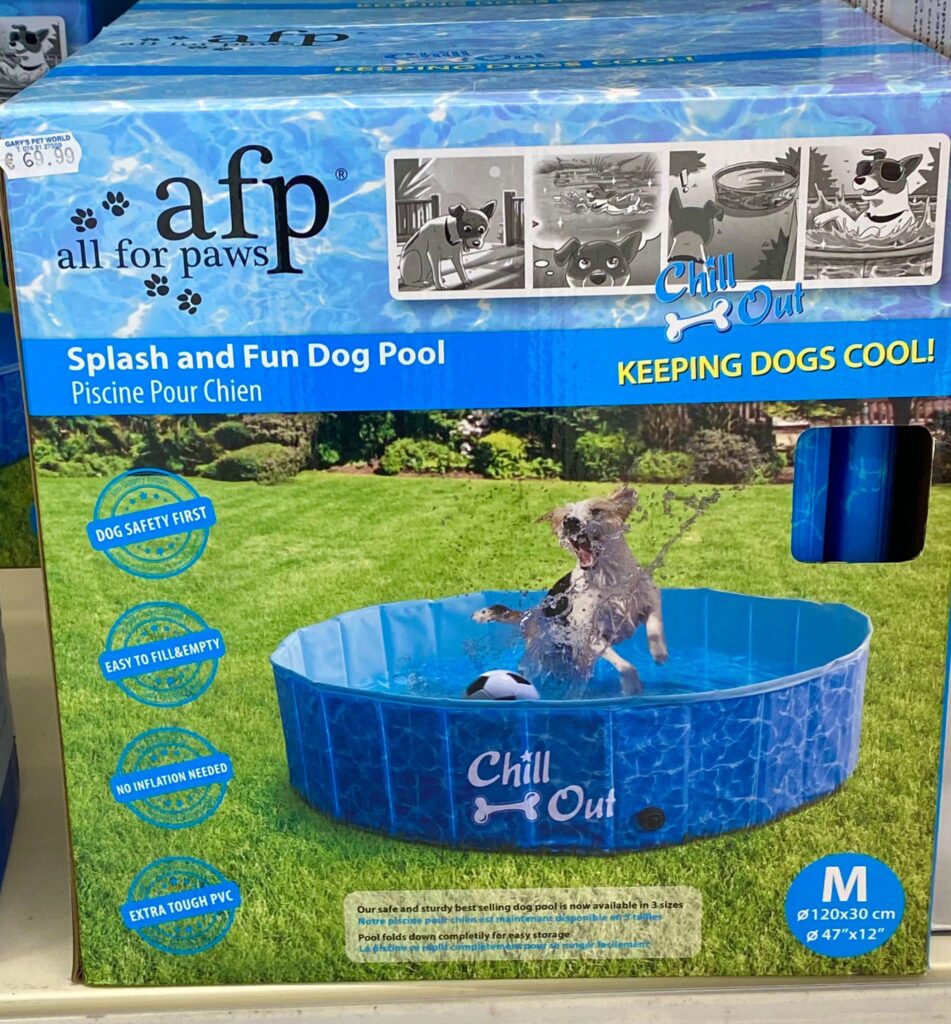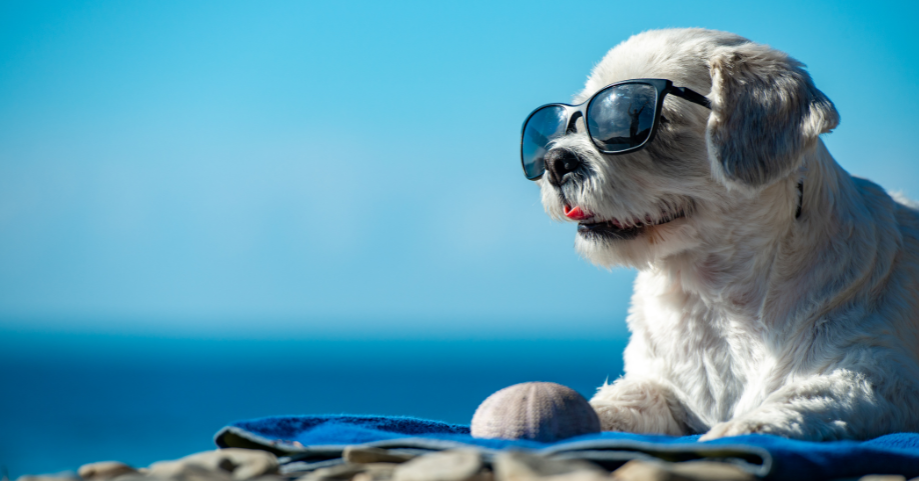Donegal Daily’s Pet Column is brought to you by veterinary nurse Michelle Kelly in association with Gary’s Pet World, Letterkenny Retail Park.
For all your pet food, health, accessories and toy needs, call instore or visit www.petworld.ie. Free shipping on orders over €29
The beach can be a fun place to take your dog to let them run about with the children and play in the sand or splash and swim in the sea. But beware of some of the risks associated with going to the beach with your dog.
First of all, you need to do your research and make sure that the beach you plan on going to is dog friendly! Blue Flag beaches do not allow dogs (apart from assistance dogs) from June 1st until September 15th annually between the hours of 12noon and 7pm daily. They are not allowed on certain parts of the beach but can access other parts. Always clean up after your dog in all areas to prevent getting a fine.
Make a list of all the items your dog needs:
- Plenty of clean drinking water (salt water is poisonous)
- Toys (which don’t hold sand)
- Treats (unsalted)
- Lead and collar
- Poop bags
- Towels
- Dog friendly suncream (be careful with human suncream)
- Somewhere to shade from the sun
It is a good idea to make note of the nearest veterinary clinic if your dog becomes ill so you can ring them and bring your dog over in an emergency.

From cooling mats and vests to collapsible water bowls and dog pools, Gary’s Pet World have everything you need to ensure your furry friends stay comfortable and hydrated this summer.
What to look out for while at the beach:
Salt water poisoning
Hypernatraemia is a condition which occurs when dogs ingest too much sodium and suffer dehydration. Dogs who drink from the sea or even eat seaweed can become very ill very fast.
Symptoms of sodium poisoning are:
- Dizziness and collapsing
- Seizures
- Shaking and jerking of limbs
- Extreme thirst and urination
- Increased heart rate
- Panting or respiratory distress
- Vomiting or nausea
- Diarrhoea
They should be taken to a veterinary clinic immediately if they begin showing these signs as it can be fatal if left untreated.

OutWard Hound Dog Life Jackets available from petworld.ie
Broken glass and sharp objects
Dogs can get curious when running on the beach and if they are let explore they may get themselves in trouble. Watch out for broken glass and other sharp objects such as broken sea shells to prevent cuts and a trip to the vet.
Go during cooler times of the day
Although you might want to go and get a tan during the hottest hours of the day, it may be dangerous for your dog. For dogs who do not like to swim especially, they need a cool area where they can stay shaded. Brachycephallic (flat-faced), obese, long haired, elderly and giant breed dogs are at higher risk of heatstroke due to heat getting trapped and being unable to cool themselves. If dogs develop heatstroke it can result in seizures and organ damage which can sometimes become fatal.
Signs of heatstroke:
- Shaking
- Excessive panting
- Drooling or foaming at the mouth
- Pale or bright red gums
- Weakness or collapsing
- Vomiting and/or diarrhoea
- Seizures
First aid for heatstroke on the way to the vet:
- Phone the nearest vet and tell them you are on the way, ask for advice as they may have more ideas on how to cool your pet down
- Place your pet in a cool or shaded area
- Offer a bowl of fresh, cool water
- Create a breeze/ fan them
- Pour cool water over them to encourage a reduction in their temperature
- Have the air-con on in the car on the way to the vet
Take care when dogs are swimming
Tides and currents can be strong and even the strongest swimmer may get into difficulty in the water. Teach your dog how to swim in shallow, calm water before taking them to the beach and if they do not like it do not force them to go in.
When you arrive at the beach, check that there is a lifeguard on duty who will help if you or your dog gets into difficulty.
If the sea is very rough and dangerous looking do not let your dog swim, check the tides and currents ahead of time.
Try not to let them swim if the water is very cold as they could get into difficulty or become hypothermic.
If your dog does get into difficulty try calling them back in as it will give them something to swim towards, call the coastguard or lifeguard, try not to go in yourself as you may get into difficulty too and it may also confuse your dog if they cannot find you on land if they do manage to get back safely.

Gary’s Pet World: All for Paws Chill Out Splash and Fun Dog Paddling Pool is perfect for keeping your dog cool on long hot summer days.
Have full control of your dog at all times
As tempting as it can be to allow your dog to run free on the beach, this can be dangerous.
Unless you have a solid recall, your dog should not be off lead anywhere. A solid recall means that regardless of any distraction your dog returns to you when called and ignores everything else, otherwise they may get lost or hurt.
If a dog runs up to another dog who is not as friendly, a fight may break out and people may get hurt.
If a dog tries to chase other people or children it may cause someone to get hurt and some people may also be afraid of strange dogs.
Ideally, keep dogs on a short lead and away from other dogs unless you have spoken to the other owner and they allow your dog and theirs to play.

The Dirty Dog Shammy towel by Dog Gone Smart is ideal for bath time, a day at the beach, the park, in the car, on walks, or just about anywhere you need to dry a wet dog! Available from Gary’s Pet World
Michelle Kelly qualified with a BSc Honours in Veterinary Nursing from LYIT. She works full-time in a clinic in Derry. She is the proud owner of a labrador named Nala, who goes everywhere with her, even to work.
As a dog owner in the North West, Michelle says she sees a lot of misunderstanding around owning a pet. With her first hand experience in a veterinary practice, she wants to give up-to-date facts and information to pet owners and to be a person people can turn to for help and advice, especially in the local area of Donegal.










